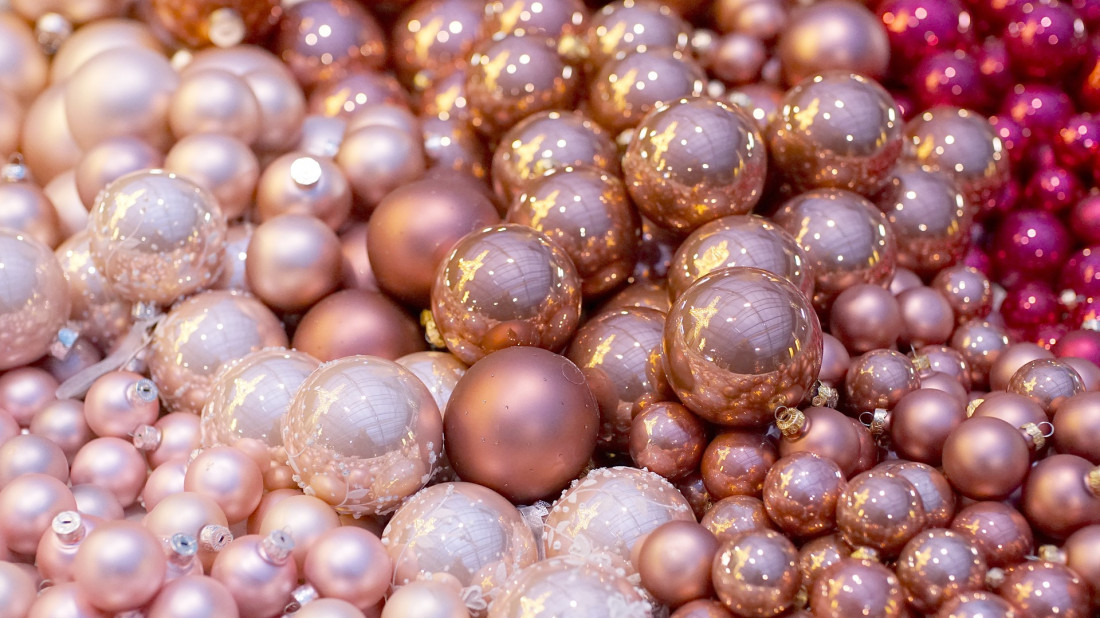Microspheres have been known for years, but as demand for improved materials and increased functionality from everyday products grows, so too has demand for these strong yet intricate little balls. Microspheres are big.
But what exactly are these tiny materials that are making such a large impression in so many markets?
Well, to quote Webster’s dictionary, they are, “spherical shells that are usually made of a plastic polymer or glass. They have a very small diameter usually in the micron or nanometer range. Sometimes they are filled with a substance (such as a drug) for release as the shell is degraded.”
All of which, is true. Who would want to argue with Webster’s dictionary? But there is in fact much more to microspheres than this simple definition. In the world of modern engineering, microspheres can be made from a variety of materials, for a vast range of uses, function in numerous industries, and are beginning to become an indispensible world commodity.
With this in mind, here are some facts about these powerful spheres.
Glass
One of the best selling forms of microsphere are those made from glass. They are made from a multi-step process, in a manner described by Karen Wood in the industry journal Composites World, as follows; “In general, a multistep process is used to produce high-temperature glass microspheres. Glass is initially produced at high temperatures from soda-lime-borosilicate, after which it is milled to a fine particle size. Trace amounts of a sulfur-containing compound, such as sodium sulfate, are then mixed with the glass powder. The particles are run through a high-temperature heat transfer process, during which the viscosity of the glass drops and surface tension causes the particles to form perfect spheres. Continued heating activates the blowing agent, which releases minute amounts of sulfur gas that form bubbles within the molten glass droplets. The result is a rigid, hollow sphere manufactured with an eye to increasing crush resistance (that is, the ability to withstand external pressure and avoid fracture of the bubbles) without sacrificing low density.”
Plastic
Along with glass, the other most common form of microsphere are those made from plastic. This is largely because polymer microspheres are able to collapse (due to heat and/or pressure) and then bounce back into shape when conditions return to normal.
As Chris Rosenbusch, marketing manager for microsphere manufacturer Expancel Inc., explains, “Excessive pressure will cause the plastic sphere to flatten but not burst. [So]When the pressure is released, the microspheres tend to recover. In a spray-up application, for instance, the microspheres will deform when the resin is pressurized prior to spraying. However, once the material hits the mold and returns to ambient pressure, the microspheres will rebound to their spherical shape.”
The same is true for microspheres used in heat manufactured composites, as Rosenbusch makes clear, saying, “The heat of exotherm during cure can be problematic in composite manufacture. [But] By incorporating plastic microspheres, as the part heats up, the resin is able to expand inward, causing the microspheres to compress. Once the heat dissipates, the spheres rebound.” This gives plastic moulding manufacturers greater control over thermal expansion.
Hollow plastic microspheres have incredibly low densities, with some having specific gravities as low as 0.025. This gives them a very large displacement to weight ratio, making them a popular resource in the manufacture of, amongst other things, spray-up fiber-reinforced thermosetting composites and extrusion applications.
One of the world’s leading manufacturers of microspheres, Expancel (which is part of the Akzo-Nobel group) explains more about the production and many applications of gas filled polymer microsphere in this YouTube video.
Cenospheres
Cenospheres are made from the pulverized fuel ash produced as a waste product from coal-fired power stations. These alumina-silicate balls range in size from 5 to 500 µm and are usually hollow, giving them a very low-density. This makes them very useful for any number of filler purposes for construction products, as well as in the manufacture of composites with “spray-up, hand lay-up, resin transfer molding and syntactic foam applications.”
You can learn more about the manufacture of cenospheres in this YouTube video.
Ceramic
Ceramic microspheres are usually found being used in the paint and coatings industries. Current manufacturers include 3M, which boasts of their use as, “ideal options for increasing hardness, providing gloss control, reducing VOC, increasing filler loadings, and improving hardness and burnish, scrub and abrasion resistance.“
Carbon
A less common form or microsphere, they are made from the carbonization of phenolic microspheres. Similarly pitch can be treated and carbonized for use in a variety of composites and foams. As the industry journal Composite World explains, “Due to their smooth surface, good mobility and thin walls, which permit deformation in response to sound pressure, carbon microspheres have been effectively used in the production of carbon microphones. Also, specially processed pitch carbon microsphere composites are suitable for use as honeycomb fillers for high-temperature or ionizing radiation fields.”
Metal
Aluminum and copper/silver microspheres are currently the most popular, although many companies are researching different metallic constructions to suit specific needs. These include, “polymer-metal spheres that combine a polymer core with a metal shell as well as a product in which multi-walled carbon nanotubes are bonded to the surfaces of polystyrene microspheres.”
Microspheres for All Purposes
One of the key advantages of microspheres as an engineering or production material is their diversity. As already explained, they can be manufactured from numerous materials. They can be either solid or hollow, have porous or non-porous walls, have low density and mass, or be made with thick walls for maximum strength. They can be crushed and heated and still return to shape, as well as be filled with gas or other chemical, or coated with any number of products.
With such a wide variety of specifications, it is no wonder that microsphere manufacturers are eager to boast of their products adaptability. Indeed, it is no wonder that the market for this wonder-product is growing.

